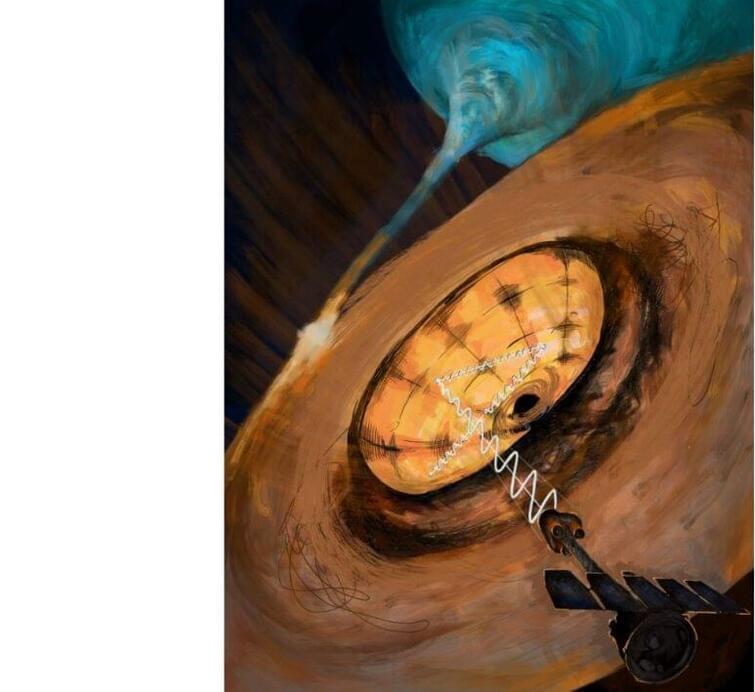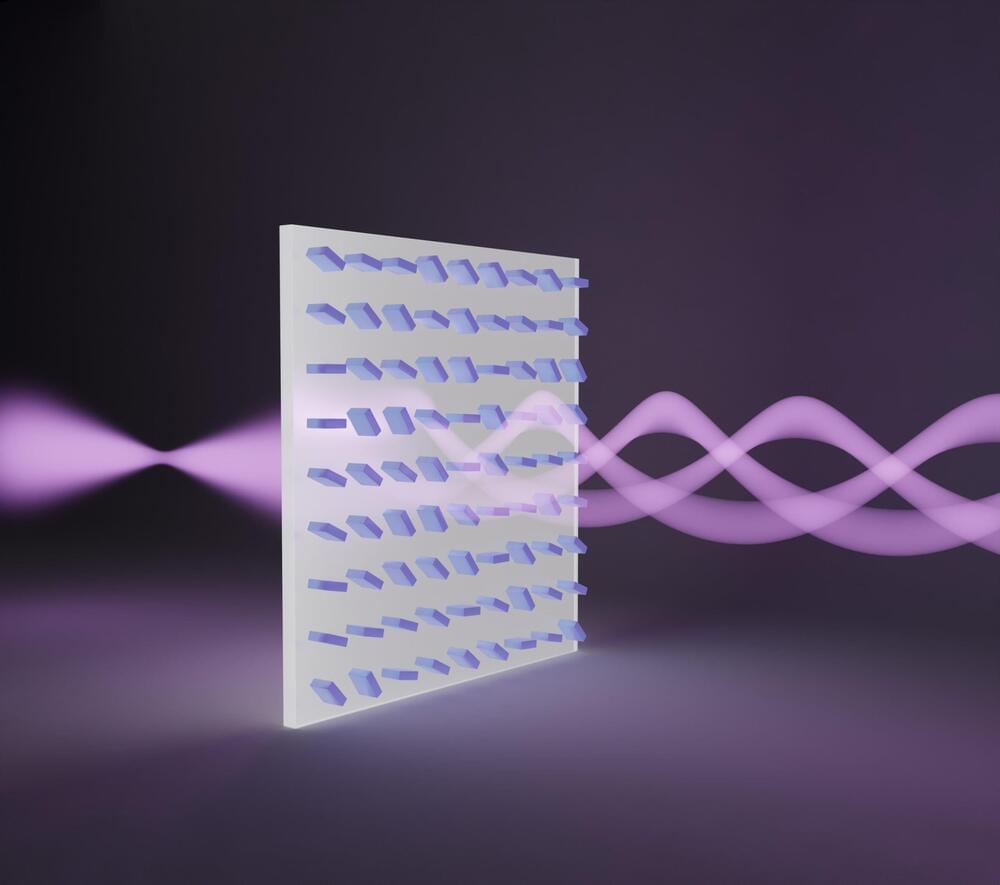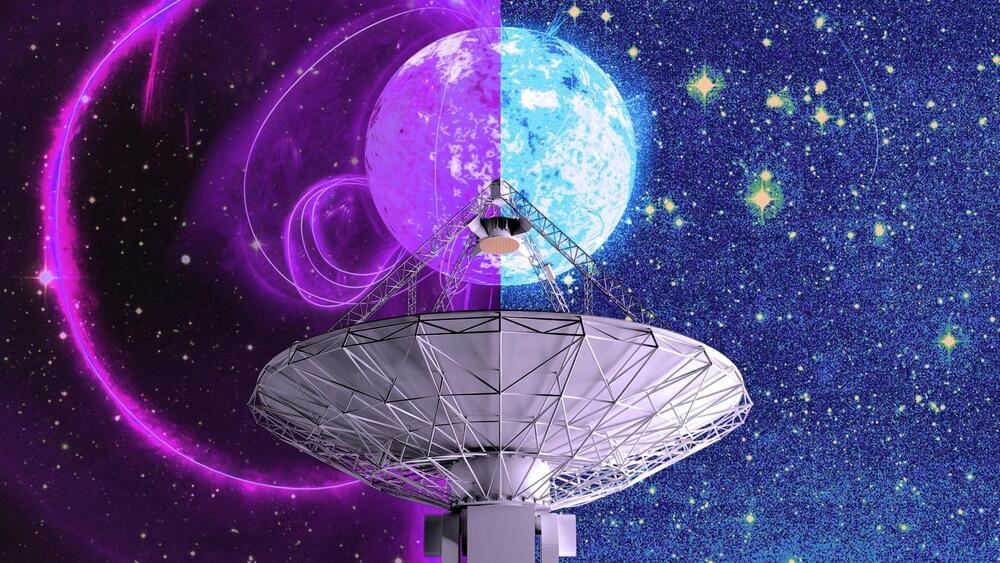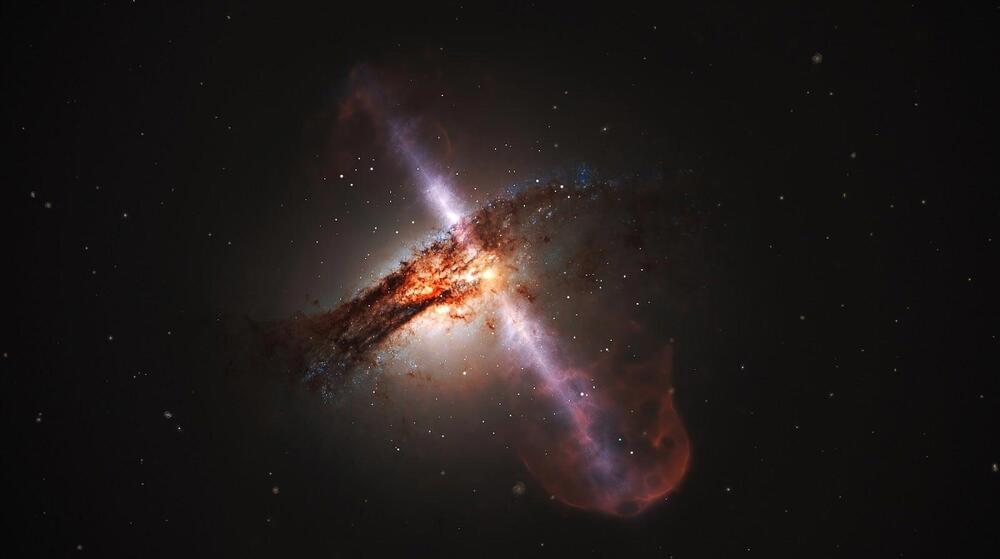Jul 21, 2024
A Hidden Treasure in the Milky Way — Astronomers uncover Ultrabright X-ray Source
Posted by Natalie Chan in categories: cosmology, materials
Astronomers uncovered that a well-known X-ray binary, whose exact nature has been a mystery to scientists until now, is actually a hidden ultraluminous X-ray source. X-ray binaries are intriguing systems consisting of two celestial bodies: a normal star and a compact, dead object such as a black hole or a neutron star that sucks material from its stellar companion. A few hundred such sources have been identified thus far in our Galaxy. When it comes to the most powerful phenomena in the Universe, the release of gravitational energy in X-ray binary systems stands out as a highly efficient process.
Among the first X-ray binary systems discovered in the cosmos is the system Cygnus X-3. Since the early 1970s, this binary system was noted for its ability to briefly emerge as one of the most intense radio sources, yet in a few days it dims or vanishes altogether.
This peculiar characteristic spurred early efforts, coordinated by telephone calls, to unite astronomical observations across the globe.


















